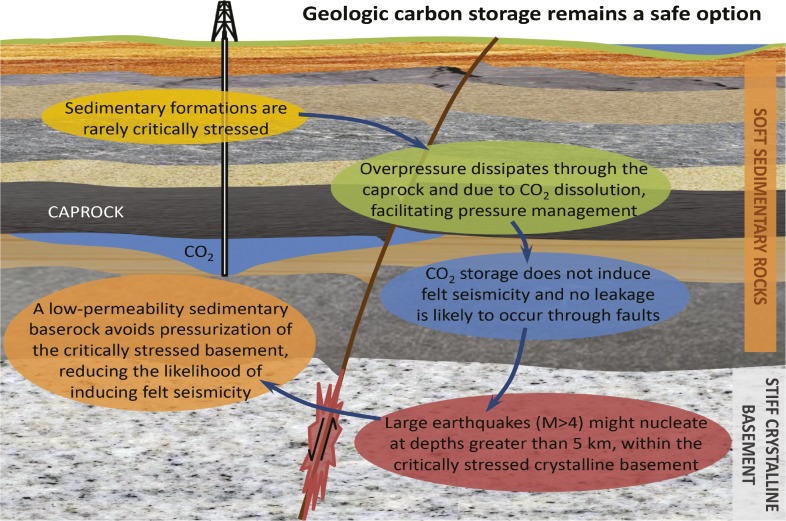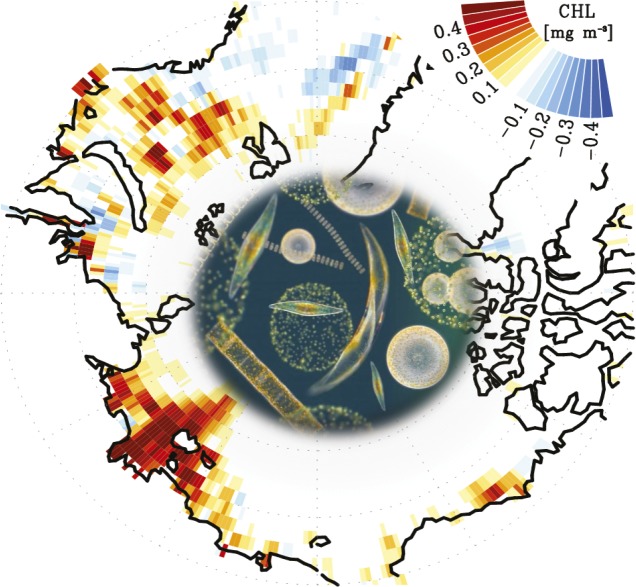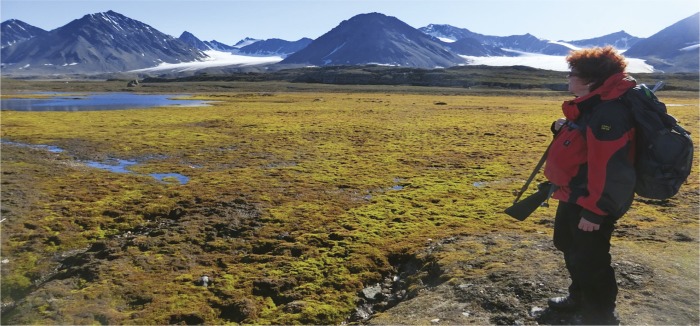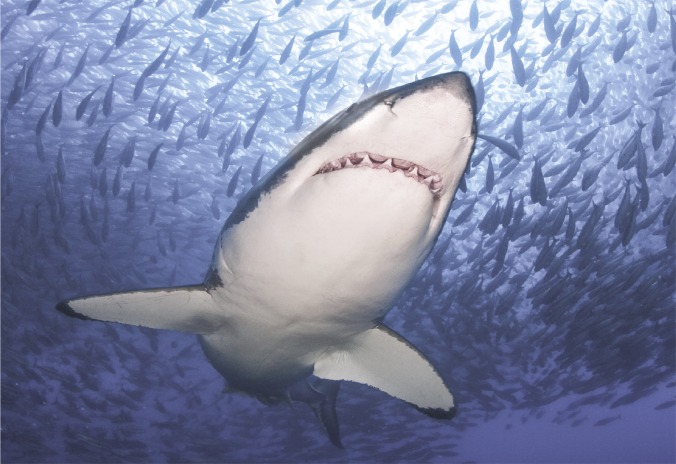Champagne trove reveals clues to 19th-century winemaking
Champagne bottles found in the Baltic Sea. Image courtesy of Visit Åland.
Strewn amid the wreckage of a schooner 50 m below the surface of the Baltic Sea off the coast of Finland, 168 bottles of champagne were dredged up in 2010 by divers who spotted them in the shipwreck. Philippe Jeandet et al. (pp. 5893–5898) used analytical techniques to determine the wines’ properties and divine their destination. Although located on a plausible trade route to Russia, the 170-year-old champagnes, which contained around 150 g/L sugar and were traced through cork engravings to the houses of Veuve Clicquot Ponsardin, Heidsieck, and Juglar, may have been bound for German markets, which favored moderately sweet wines. The Baltic samples contained less alcohol but more iron, copper, sodium, and chlorine than modern champagnes, hinting at winemaking practices in the 19th century. Traces of 5-carboxyvanillic acid, castalin, and oak lactones suggested that vinification occurred in wooden barrels, and the presence of ribose pointed to the likely use of grape syrup, an ingredient uncommon in modern champagnes, for liquor preparation. Low levels of acetic acid suggested that the wines were largely unspoiled. Aroma analysis closely comported with verdicts of wine tasting experts, whose sensory descriptors such as “spicy,” “grilled,” and “leathery” matched detected compounds. According to the authors, the merits of marine environments with still waters at stable temperatures for wine preservation warrant further study. — P.N.
Pressure dynamics in carbon sequestration aquifers
Illustration of the relationships between CO2 injection, aquifer properties, and seismic activity.
The prospect of sequestering CO2 in deep saline aquifers has raised concerns that injection of CO2 might increase fluid pressures and possibly trigger seismic activity that could release stored CO2. Victor Vilarrasa and Jesus Carrera (pp. 5938–5943) determined how the stresses on storage aquifers and overlying caprocks evolve during CO2 injection. The authors report that sedimentary rocks, in which CO2 would likely be stored, are softer than crystalline basement rocks and are rarely under critical geologic stress. Further, pressure dynamics during CO2 injection suggest that the least stable state of the aquifer may occur at the beginning of the injection, making aquifer overpressures manageable. Overpressure will likely decrease over time as CO2 dissolves into the aquifer brine due to its high solubility. The low permeability of caprocks would likely allow brine, but not CO2, to migrate through the caprock, further decreasing aquifer overpressure. Even if CO2 injection were to lead to reactivation of faults, the high clay content typical of caprocks would likely seal the fault zone. The results suggest that appropriately situated and managed geological CO2 storage sites are unlikely to experience strong induced seismicity, a finding consistent with the observed behavior of natural CO2 reservoirs, according to the authors. — P.G.
Phytoplankton and Arctic warming feedback
Five-year mean anomaly in Arctic chlorophyll.
Aquatic photosynthetic microalgae, or phytoplankton, constitute the foundation of the marine food chain. Numerous studies have demonstrated that these tiny organisms may also factor critically in future global climate change by virtue of their ability to consume atmospheric CO2. Jong-Yeon Park et al. (pp. 5921–5926) examined another intersection between phytoplankton and the climate system, namely the geophysical feedback by which chlorophyll and other pigments in phytoplankton absorb solar radiation and alter sea surface temperatures. Using a fully coupled ocean–atmosphere model that interacts with a marine ecosystem model, the authors demonstrate that warming-induced losses in Arctic sea ice would allow solar radiation to penetrate deep into the ocean, resulting in a lengthened phytoplankton growing season. The authors suggest that the increase in Arctic phytoplankton would in turn warm the surface ocean via direct biological heating, triggering a positive feedback that could amplify Arctic warming by as much as 20%. The findings suggest that biological Arctic warming can significantly influence sea surface temperatures and should be added to future estimates of global climate change, according to the authors. — T.J.
Methane production in Arctic peat
Arctic peatland in Svalbard, Norway.
Methane (CH4) emissions from carbon-rich Arctic permafrost soils are expected to increase in a warming climate, but the microbial dynamics affecting CH4 production are not clear. Alexander Tøsdal Tveit et al. (pp. E2507–E2516) collected peat samples from permafrost soils in Svalbard, Norway, and incubated the samples at temperatures between 1 °C and 30 °C while profiling activity and gene expression of the microbial communities in the samples. CH4 production rates rose rapidly with temperature, an increase accompanied by adaptations of microbial community structure to different temperature ranges. The rate-limiting step of CH4 production was propionate oxidation below 7 °C and polysaccharide hydrolysis above that temperature; different species produced methanogenic substrates and CH4 at low temperatures and above 7 °C. The relative abundance of predatory protists also increased with temperature, along with transcription associated with methanogenesis from methylamines, possibly generated from degradation of bacterial cells. The authors report that microbial adaptation to temperature occurred within 30 days, and that CH4 production in Arctic peat at temperatures below 10 °C was greater than production in ecosystems at low latitudes at similar temperatures. Arctic peat microbiota might modulate metabolic and trophic interactions as temperature rises to consistently produce high levels of CH4 at all temperatures, adapting relationships as necessary to maintain CH4 substrate availability, according to the authors. — P.G.
Spinal cord injuries disrupt neural connectivity
Resting state fMRI studies have uncovered evidence of functional neural circuits in the human spinal cord, as well as signal variations between regions of the spinal cord that resemble variations between functionally related areas of the human brain. But the significance of these findings and their influence on the rehabilitation of patients with traumatic spinal cord injuries remain unclear. Li Min Chen et al. (pp. 5991–5996) demonstrate functional connectivity in the spinal cords of anesthetized squirrel monkeys and reveal that spinal cord injuries disrupt the integrity of the connectivity within and across spinal segments. The authors observed spatially correlated patterns of MRI signals at rest, indicating that synchronized fluctuations in neuronal activity occur in different parts of the spinal horns, similar to the fluctuations observed in different regions of the brain. The authors found that changes in connectivity after a spinal cord injury mirror behavioral deficits in the injured monkeys. According to the authors, assessing the intrinsic functional connectivity within the spine after an injury might potentially provide an imaging biomarker to shed light on spinal cord functional integrity. — A.G.
How some fishes offset cost of generating body heat
White shark. Image courtesy Andrew Fox (Rodney Fox Shark Expeditions).
Bony and cartilaginous fishes diverged in evolution around 450 million years ago, but several species of tunas and sharks share features such as streamlined bodies, high metabolic rates, and a condition called endothermy, in which body temperature is higher than that of the surrounding water. Yuuki Watanabe et al. (pp. 6104–6109) tested the hypothesis that the high energy costs of endothermy in some sharks and tunas is offset by benefits, such as high cruising speeds, due to the increased power output of deep-seated heat-retaining red muscles. By comparing swimming speeds and migration range data for an array of bony and cartilaginous fishes, including endothermic species such as Pacific bluefin tunas and white sharks, the authors found that endothermic fishes swim 2.7 times faster than similar-sized fishes without red muscle endothermy, but at speeds similar to those of seabirds and marine mammals. The maximum annual migration range of endothermic fishes was 2.5 times larger than that of similar-sized fishes without red muscle endothermy but comparable to that of penguins, leatherback turtles, and marine mammals. Because increased cruising speed may improve the odds of finding prey and enable long-distance traversals, which help fishes adapt to seasonal changes in prey abundance, some fish species may maintain endothermy despite its high energy cost, according to the authors. — P.N.







